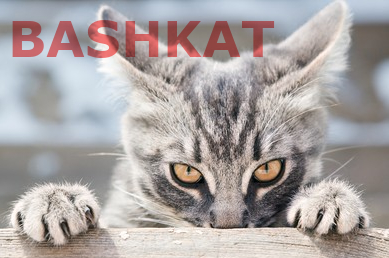Kandi PHP Web Crawler
The “Kandi 1.0 PHP Web Crawler” script is a versatile tool for web scraping, SEO analysis, and content management. It leverages PHP’s capabilities to automate the crawling process, analyze web structures, and report results. By integrating with various web technologies and tools, it supports a range of applications from SEO audits to server performance monitoring, making it a valuable asset for Full Stack Web Developers and Software Engineers.
Applications
The “Kandi 1.0 PHP Web Crawler” script is a robust web scraping tool designed to automate the extraction of links from a specified website. Leveraging PHP code and a range of web technologies, it provides valuable insights into website structures, helps monitor page loading times, and can be integrated into broader SEO and web development workflows.
Applications in Web Development and Engineering
- Web Scraping and Crawling:
- Web Scraper: This script functions as a web scraper, systematically navigating a website to collect data such as internal and external links.
- Bot Creation: Automate the collection of web data, useful for bots that interact with web pages or aggregate information.
- Search Engine Optimization (SEO):
- Page Ranking and Rating: Analyze and improve SEO strategies by understanding the structure and link distribution within a website.
- SEO Audit: Use the crawler to perform SEO audits by identifying broken links and analyzing internal link structures.
- Content Management Systems (CMS) and WordPress:
- CMS Integration: Integrate the crawler with CMS platforms to automatically generate sitemaps or monitor content updates.
- WordPress: Extract data from WordPress sites to analyze link structures or verify internal linking practices.
- Security and Vulnerability Assessment:
- Security Monitoring: Identify potential vulnerabilities in link structures or page access, aiding in the assessment of web security.
- Vulns and Vulnerabilities: Automate the discovery of security issues related to page accessibility or link integrity.
- Web Design and Development:
- HTML and CSS: Analyze how links are structured within HTML and styled with CSS, ensuring consistent design practices across pages.
- Page Loading: Monitor page loading times for performance optimization, a critical aspect of web development.
- Server and Database Management:
- LAMP Server: Utilize the script on LAMP (Linux, Apache, MySQL, PHP) servers to integrate with other server-side processes and data management tasks.
- MySQL: Extract URLs and store them in a MySQL database for further analysis or reporting.
How It Functions
Initialization and Setup
- Form Handling:
- User Input: Accepts a URL from the user through a form, validating the input to ensure it’s a proper URL format.
- Timing:
- Performance Metrics: Records the start and end times of the crawling process to calculate and display the elapsed time, providing insights into the crawler’s performance.
Crawling Process
- Queue Management:
- URL Queue: Manages a queue of URLs to visit, starting with the user-provided URL and expanding to include discovered links.
- Visited URLs: Keeps track of URLs already processed to avoid duplicate crawling and ensure efficient execution.
- HTML Content Retrieval:
- cURL: Uses PHP’s cURL functions to fetch HTML content from each URL, handling errors and HTTP response codes to ensure valid data retrieval.
- Link Extraction:
- DOM Parsing: Utilizes PHP’s DOMDocument and DOMXPath classes to parse HTML and extract hyperlinks.
- URL Resolution: Converts relative URLs to absolute URLs, maintaining consistency in link handling.
- Depth Limitation:
- Crawl Depth: Restricts the depth of crawling to prevent excessive or unintended traversal of the website, which can impact server performance.
Results and Reporting
- Results Compilation:
- Page Count: Counts the total number of unique pages crawled, providing a quantitative measure of the crawl’s scope.
- Elapsed Time: Calculates the total time taken for the crawl, giving a performance metric for efficiency.
- Display:
- Web Interface: Outputs results to a web page, displaying crawled URLs, any encountered errors, and a summary of the crawl, including page count and elapsed time.
Technical Integration and Considerations
- Bash Scripting and Shell:
- While not directly part of this script, bash scripting can be used in conjunction with the crawler for tasks such as scheduling crawls or processing results.
- Page Loading and Monitoring:
- Page Loading: Assess the time taken to load pages, which can be crucial for performance optimization and user experience.
- Security:
- Error Handling: Implements error handling to manage potential security issues during data retrieval, ensuring robust operation.
- CSS and HTML:
- Style and Design: Ensures that crawled links and results are presented in a clear and styled format using CSS, enhancing the usability of the results.
- Netcat and Server Interactions:
- Server Interactions: While netcat is not used here, understanding server interactions and monitoring are important for integrating this script into broader server management tasks.



